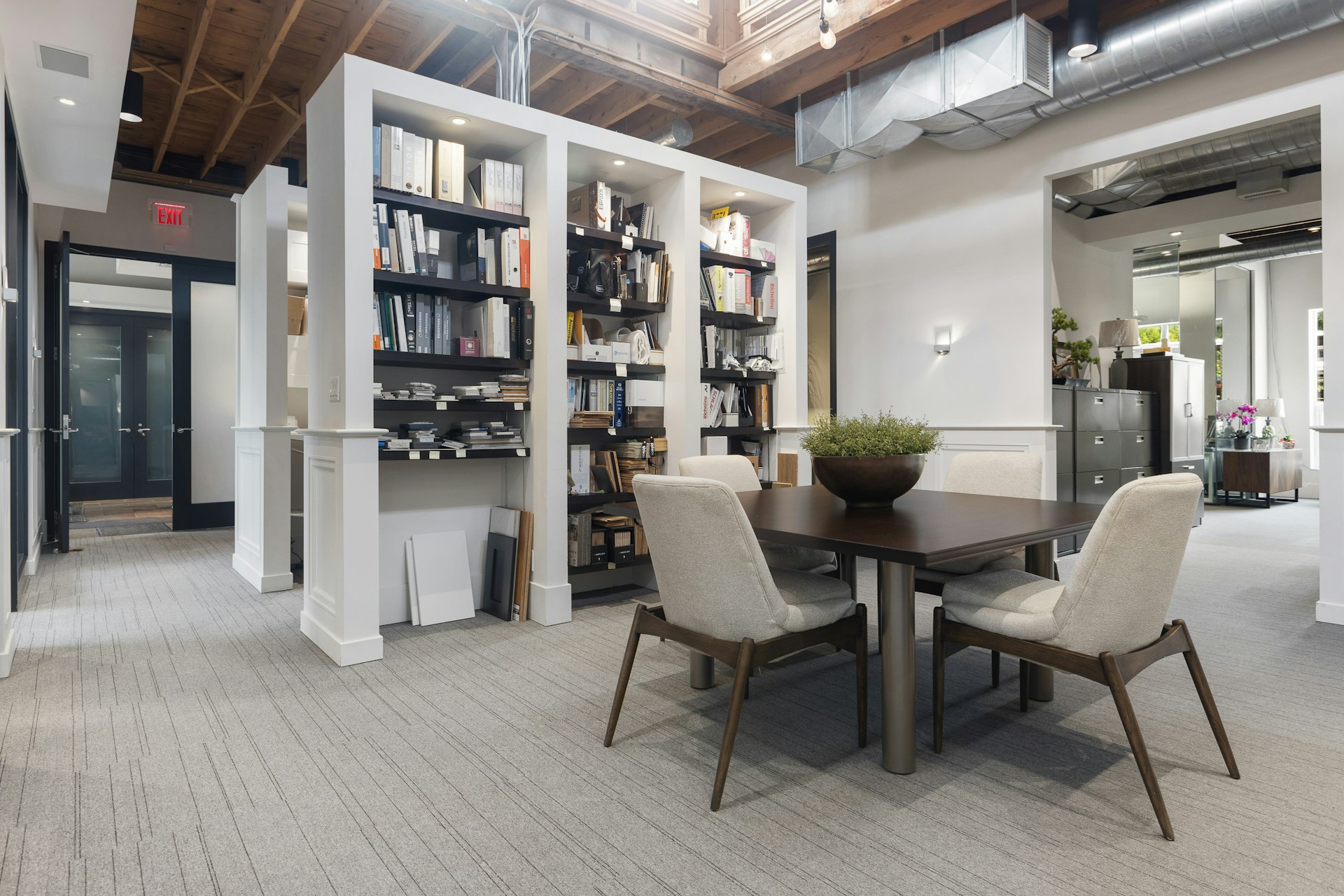There is a shortage of supply on the Czech office property market
The office property market in the Czech Republic is characterised by limited supply, due to low construction activity. This affects the behaviour of market participants and gives rise to new trends.
Colliers reports that an increasing number of companies are renegotiating their leases. Such deals currently account for around 50% of all transactions on the market. Tenants prefer to extend current agreements, eliminating the need to look for new premises. This is primarily due to the shortage of available facilities. Businesses also wish to avoid the additional expense of furnishing and equipping new offices.
The number of contract renewals has steadily increased in the Czech Republic since 2020. Initially, the main reason was the pandemic crisis, but over time, the shortage of property has become a key factor. Savings against the backdrop of rising maintenance and rental costs have also played a significant role. According to Jana Vlková from Colliers, moving to new premises incurs significant costs. These include repairs, the purchase of equipment, and furniture. All of this is estimated to cost around 25 thousand kronor per square metre of space.

Office property market trends
Czech office property market development is limited by the state of the construction sector. There is a shortage of high-quality, energy-efficient premises. This shortage is particularly acute in popular neighbourhoods in Prague and other major cities.
Modern companies adhere to ESG principles in their operations. This strategy extends to the requirements for working premises. However, the local market cannot provide a large selection of certified facilities. Consequently, businesses have no choice but to remain in their current offices and renew their leases.
Limited supply leads to rising rental rates, putting pressure on tenants. Property owners dominate the market and dictate terms. To minimise risk, companies are changing their approach to lease agreements:
1. Setting stable and optimal conditions for the long term becomes important.
2. The lease term increases from 5 to 7 years.
3. Prices for additional services are fixed to avoid unforeseen costs.
4. There are more and more cases when companies stay in the premises for 2-3 lease cycles due to a lack of suitable alternatives or unwillingness to relocate.
5. Office centres and co-working spaces are an alternative for businesses.
Office owners are in a more favourable position than tenants. However, they must also make efforts to attract and retain businesses. One effective approach is to offer incentives to new and existing tenants. Such measures improve the competitiveness of properties in the commercial property market. They also facilitate the formation of long-term, sustainable relationships with tenants.
